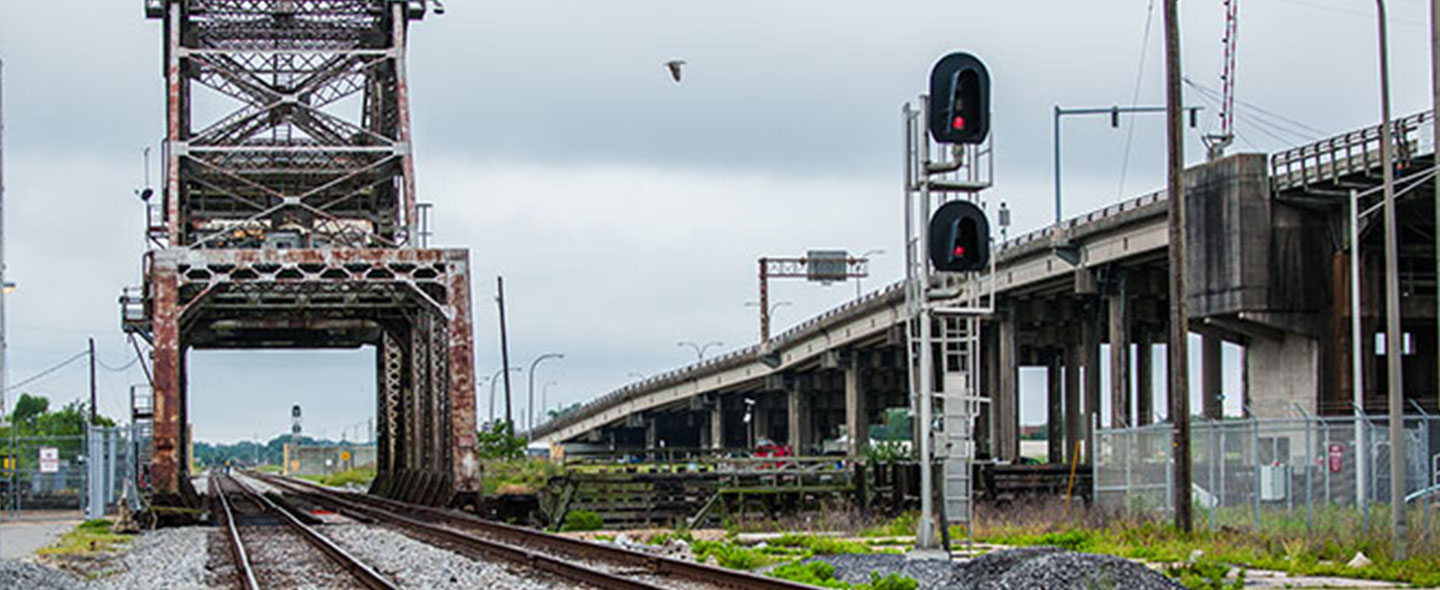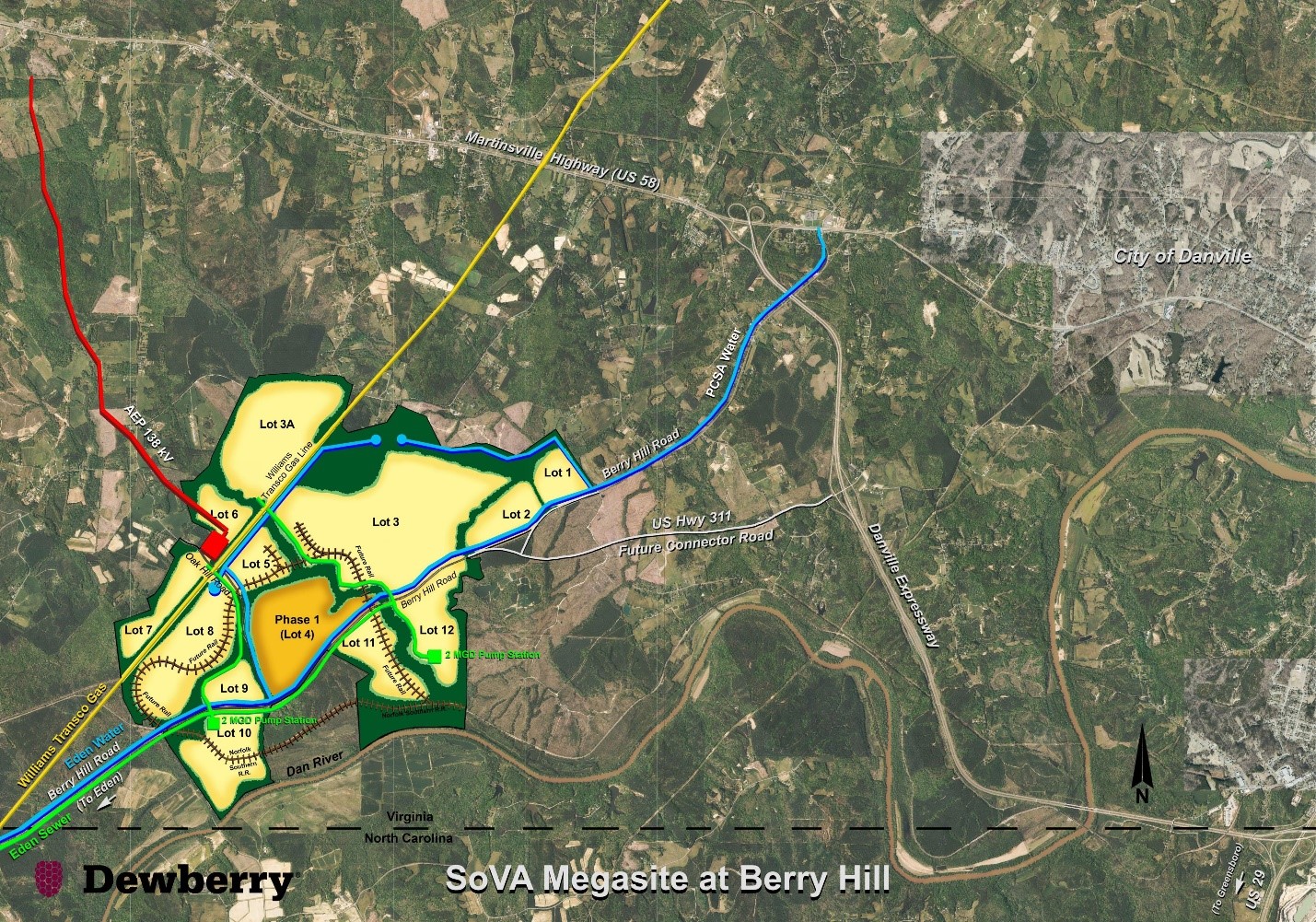Railroads have been instrumental in our nations’ history. For the last 150 years or more, and especially during the Industrial Revolution, they served as a gateway for advancing into the next era of technology. Without them, it would have been incredibly
difficult, inconvenient, and costly to transport goods that are essential to everyday life, including food, metals, coal, and more. The railroad networks brought about a new era of social and political change that arguably left lasting impacts that
we're still experiencing today. We've come a long way in 150 years, but things will continue to adapt and advance.

I won't delve into the technologies of railroads—that’s not my area of expertise—however, my passion lies within economic development, and there continues to be a strong correlation between the two industries, or should I say, a nexus.
A Dynamic Market
Economic development is rapidly changing (as is rail technology), and we’re seeing more and more large-scale developments, sometimes known as megasites, all across the nation. This growth is being driven in part by the resurgence of manufacturing in the U.S. and the "resetting" of
global trade policies. Megasites and other properties seeking industrial development make themselves attractive to prospective industries by providing and promoting multiple options for transporting materials and goods. What I have found is that many
industries interested in a new capital projects aren’t completely settled on how they intend to move raw materials or finished products at the time of site selection. Prior to building, they may anticipate transporting materials by highway but
find as they get closer to operating that highway to rail or rail alone provides the most long-term value. It’s not that these companies are misinformed, it’s that in a dynamic market it’s best to have and understand all available
options for transporting materials and goods. These options may include highway, rail, air, sea, or a combination. Some users justify the need to provide a separate intermodal facility to support its needs.
This is why it’s critical for companies to evaluate all of their alternatives when researching and deciding upon a method for transporting their goods. What may have worked at a site in Nebraska may not work in Florida. And if rail was a preferred
method in Kansas, it may not be in Virginia. Many, many factors must be taken into consideration when determining a preferred method of transportation for industries, including existing infrastructure, safety, user rates, funding options, local and
state regulations, politics and more. These decisions are not one-size-fits-all and may change for an industry as it operates over time. Each industry and state are different, and it requires dedicated research with engineers, planners, business owners,
environmentalists, and others to determine the best course of action.

The 3,528 acre Southern Virginia Megasite at Berry Hill is attractive to large original equipment manufacturing (OEM) operations and other large advanced industrial users in part because of the many transportation options it offers.
The future for rail and economic development is strong and I’m looking forward to creative solutions to help communities, businesses, and the environment thrive and grow.